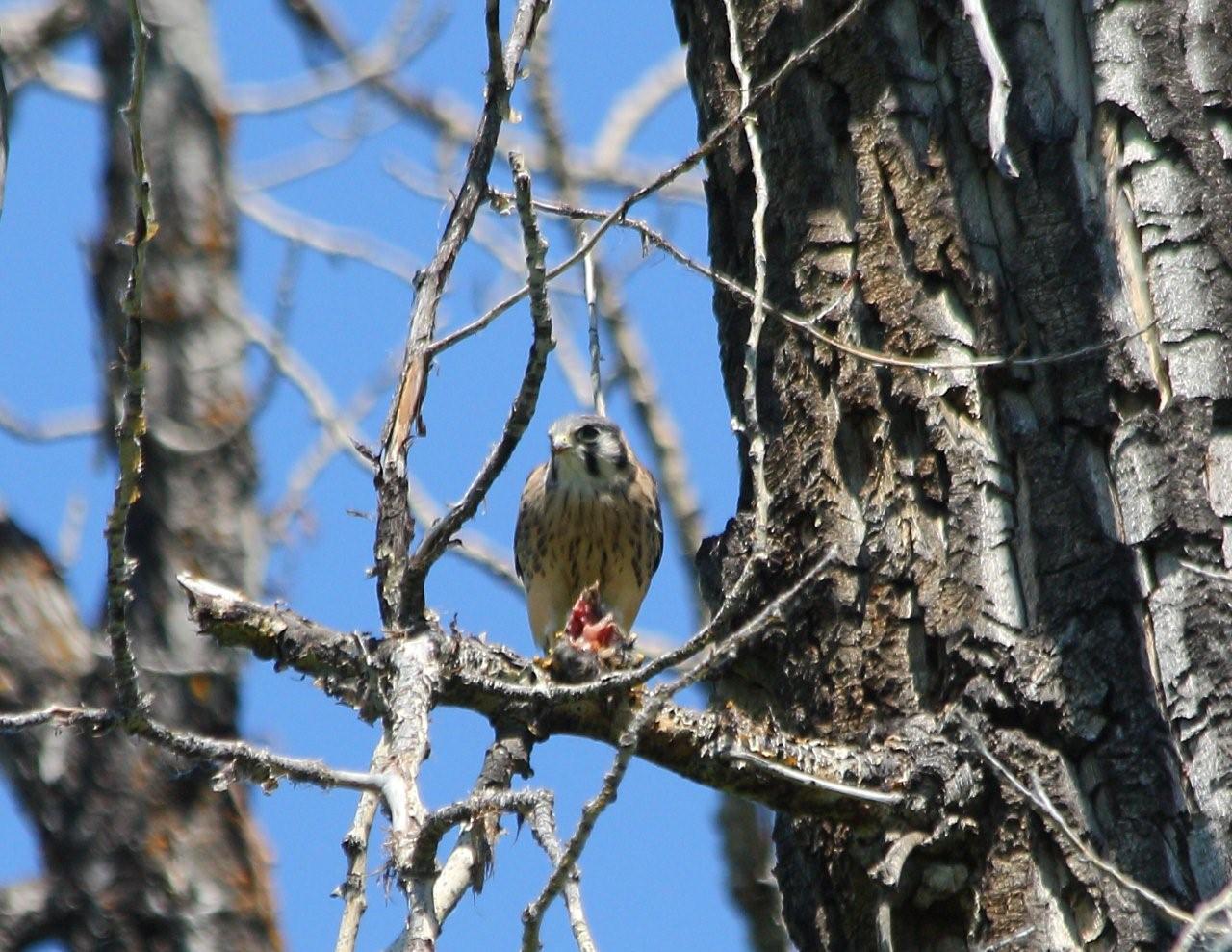When large metropolis’ coincide with wildlife and nature, there is invariably accidents. These accidents usually end up with nature coming out on the losing end. Nature sometimes benefits as well though. Sometimes, nature can adapt to the hustle and bustle of human living and actually benefit and thrive from this. Such is the way with vultures.
The other day, I was walking along a bayou here in Houston when I spotted a black clump in the grass not too far ahead.

This clump was a group of black vultures, 6 in total, with 9 more hanging around in the surrounding area. This meant that they must have found a dead animal and that they were feasting on it. This animal was roadkill, an unfortunate victim of our hustling and bustling. As mentioned before though, some creatures, such as vultures, benefit from this. The black vultures didn’t stick around very long and as soon as they saw me they flew away.

The black vulture does not have as good scent as the Turkey Vulture and tends, therefore, to follow Turkey vultures to carcasses where they proceed to drive the Turkey Vultures away from the meal. As soon as the Black Vultures saw me and flew away, the Turkey Vultures came in for their share.

When they came in, I started to creep closer and closer, not only for a better look, but also out of curiosity of what roadkill they were eating. While I moved somewhat stealthily closer, one vulture unfurled it’s wings and gave me good looks at it’s impressive 1.8 meter wingspan.

That wingspan is roughly 5 feet, 11 inches, which is well over half a foot taller than I am! I continued to crawl in closer until I was incredibly close.

I then found out what it was the vultures were eating…

And it was…

An opossum, as you might be able to tell by the foot in this photo. I feel bad for the poor guy… Some interesting bird behavior to see though, especially the hierarchy of vultures, where Black Vultures are not as skilled but are instead big bullies, chasing away Turkey Vultures from the food that the latter found. I also took a photo in which I really saw why Turkey Vultures are called what they are

Doesn’t he just look like a turkey!?!
Posted by Matthew Sim






























































